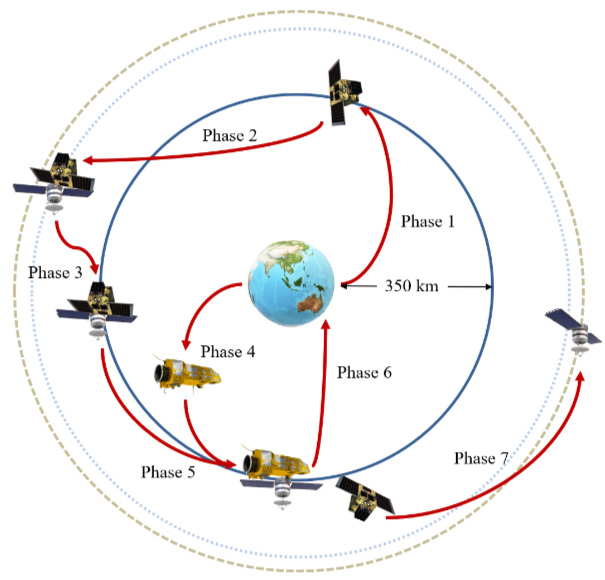
Multi-Active Debris Removal Tour Design
Working with Astroscale, we developed and studied the feasiblity of a two-spacecraft system for removing multiple tonne class orbital debris per mission.
Developing intelligent, safe, and sustainable autonomous systems for space exploration, space debris removal, and proximity operations.
Learn More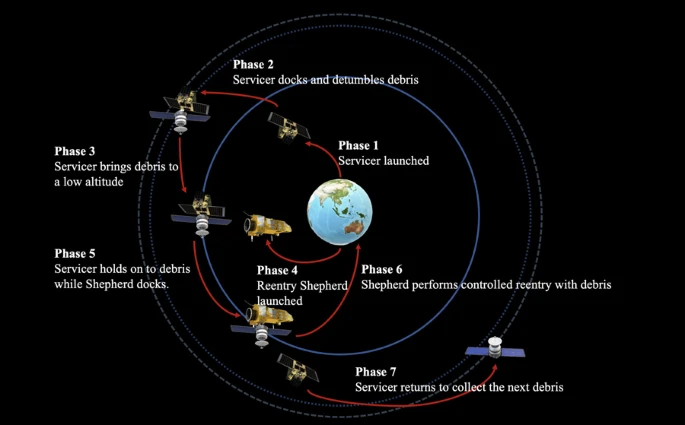
As of August 2024, more than 140 million pieces of debris smaller than 1 cm (0.4 in), about 1.2 million pieces of debris 1–10 cm, and around 54,000 pieces larger than 10 cm (3.9 in) were estimated to be in orbit around the Earth [ESA Space Debris Report].
These populations are growing.
SSA Lab is an academic lab in the Grainger School of Engineering at the University of Illinois, Urbana-Champaign. We focus primarily on solving the space debris problem by addressing critical challenges in missions with rendezvous and proximity operations.
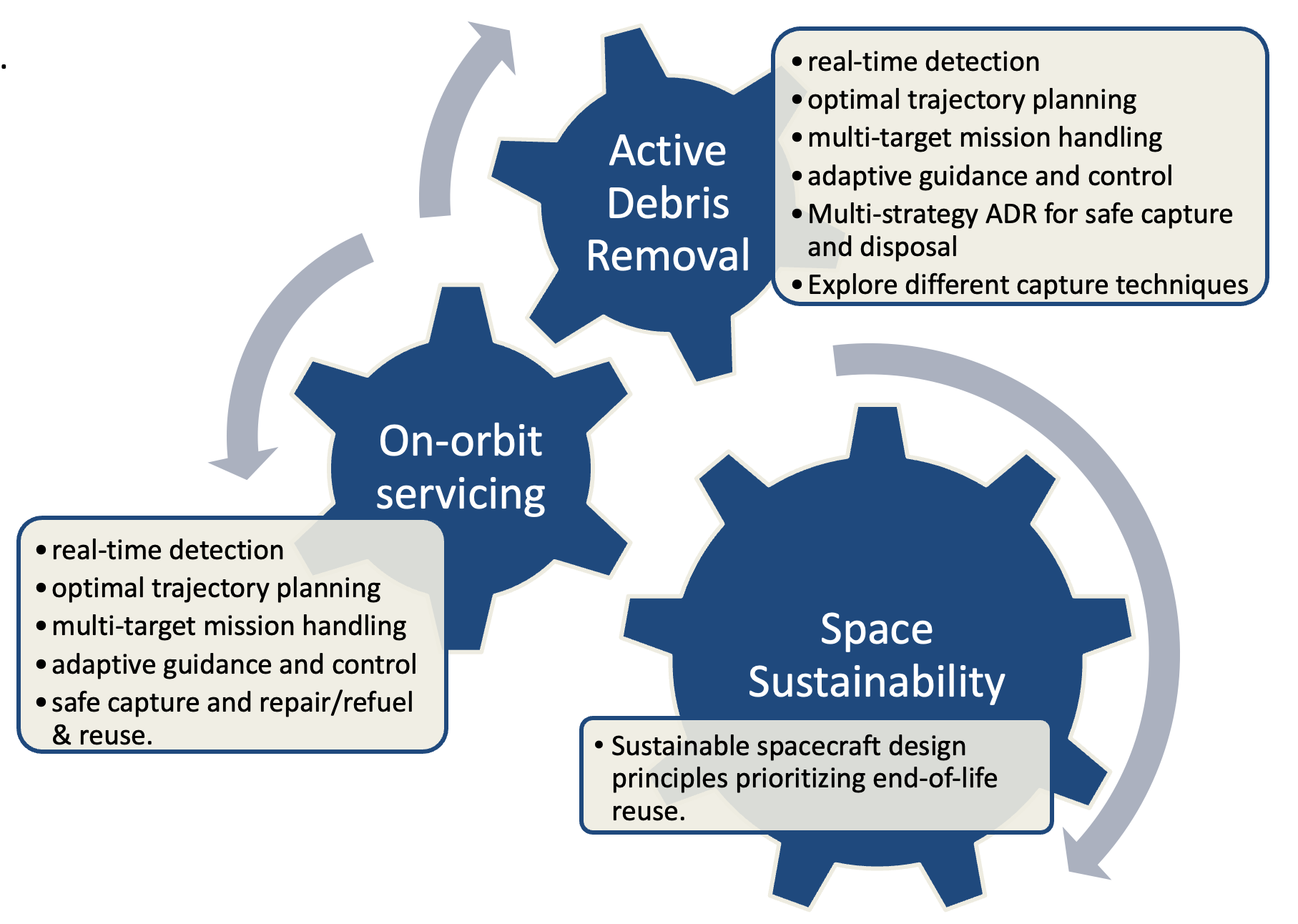

Director/Assistant Professor at UIUC
Adjunct Assistant Professor of Aerospace, UIUC - 2025-2026
Incoming Assistant Professor of Aerospace, UIUC - 2026
Visiting Scientist, MIT - 2025-2026
Research Associate, Australian Centre for Field Robotics - 2024-2025.
Interests: Rendezvous and Proximity Operations, Astrodynamics, Reinforcement Learning, Multi-Objective Trajectory Optimization, Model Predictive Control, and Convex/Indirect Optimization Methods

Working with Astroscale, we developed and studied the feasiblity of a two-spacecraft system for removing multiple tonne class orbital debris per mission.
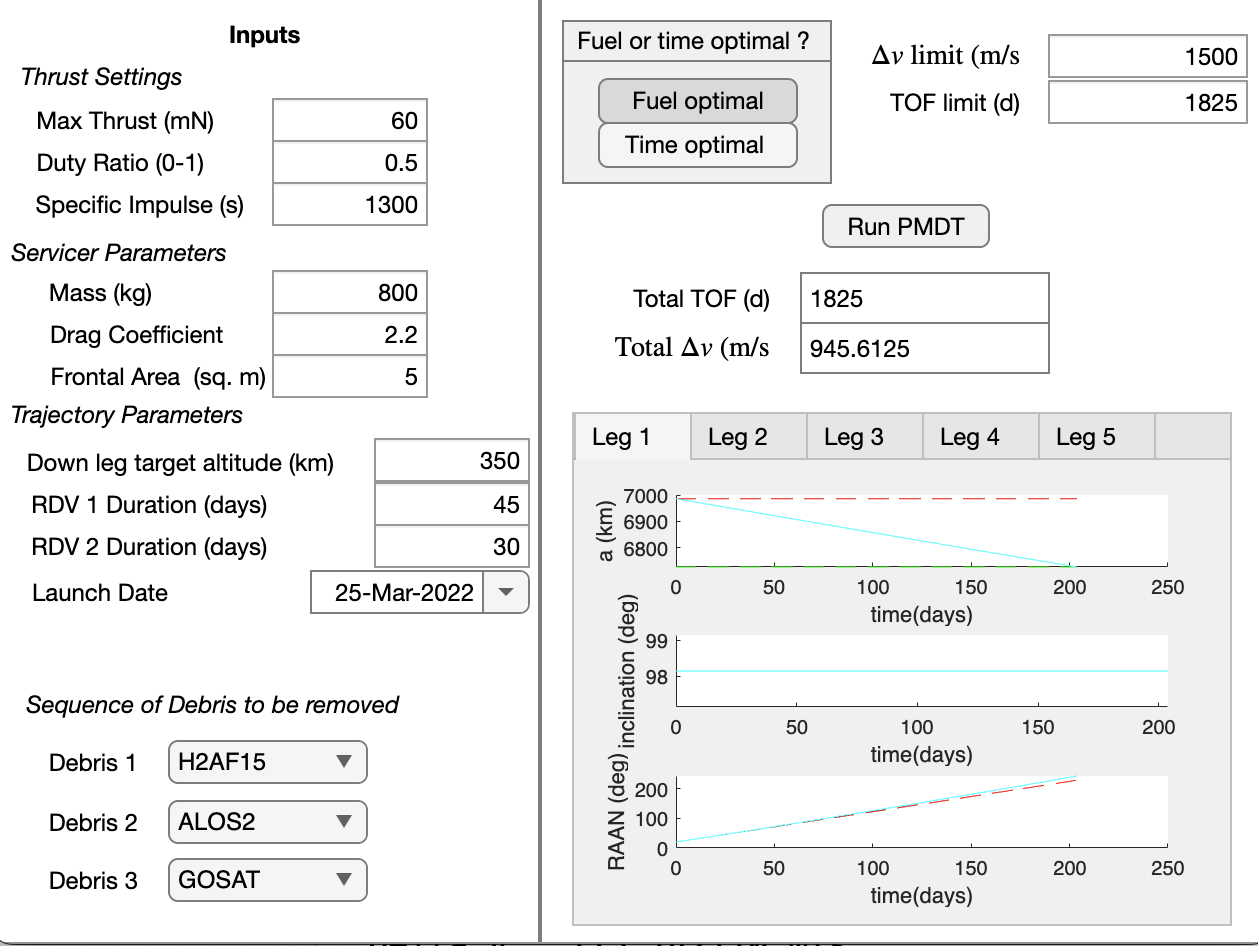
PMDT generates multi-target, fuel- and time-optimal tours for active debris removal (ADR) missions using low-thrust propulsion. It accounts for various mission factors, such as J2 perturbations, drag, eclipses, and duty cycles. The tool can rapidly compute reference trajectories, providing solutions for multi-target low-thrust tours within seconds. It uses J2 for making RAAN changes, reducing fuel consumption.
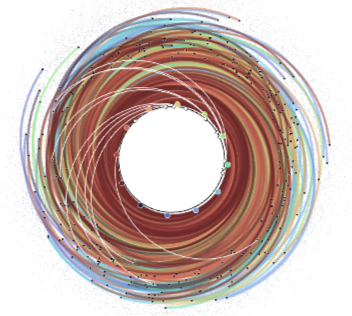
We participate in Global Trajectory Optimization Competitions (GTOCs) where we develop indirect and convex-based tools for complex trajectory optimization problems.
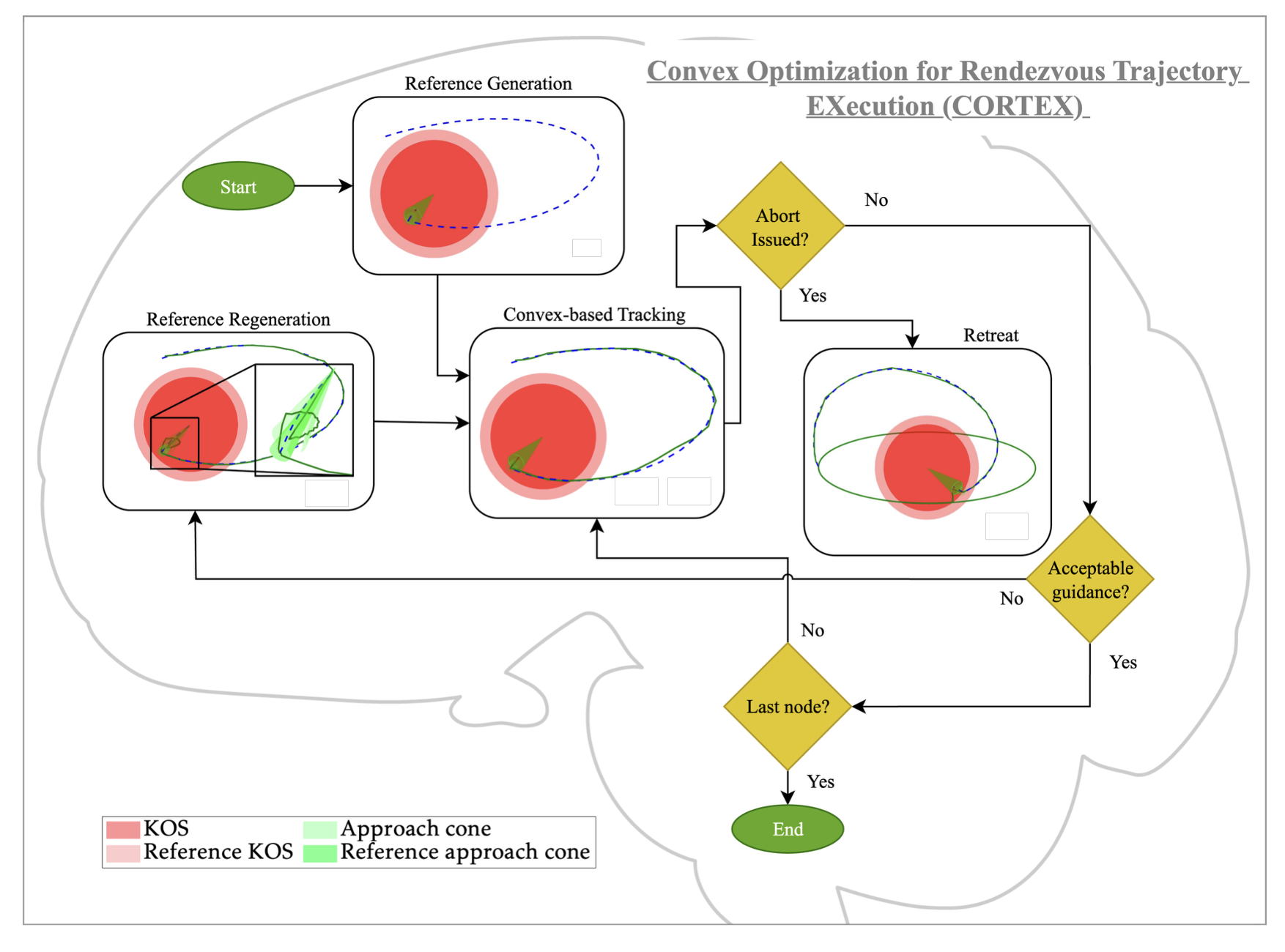
CORTEX is a sunlight aware, robust convex-tracking scheme for final approach in RPO missions
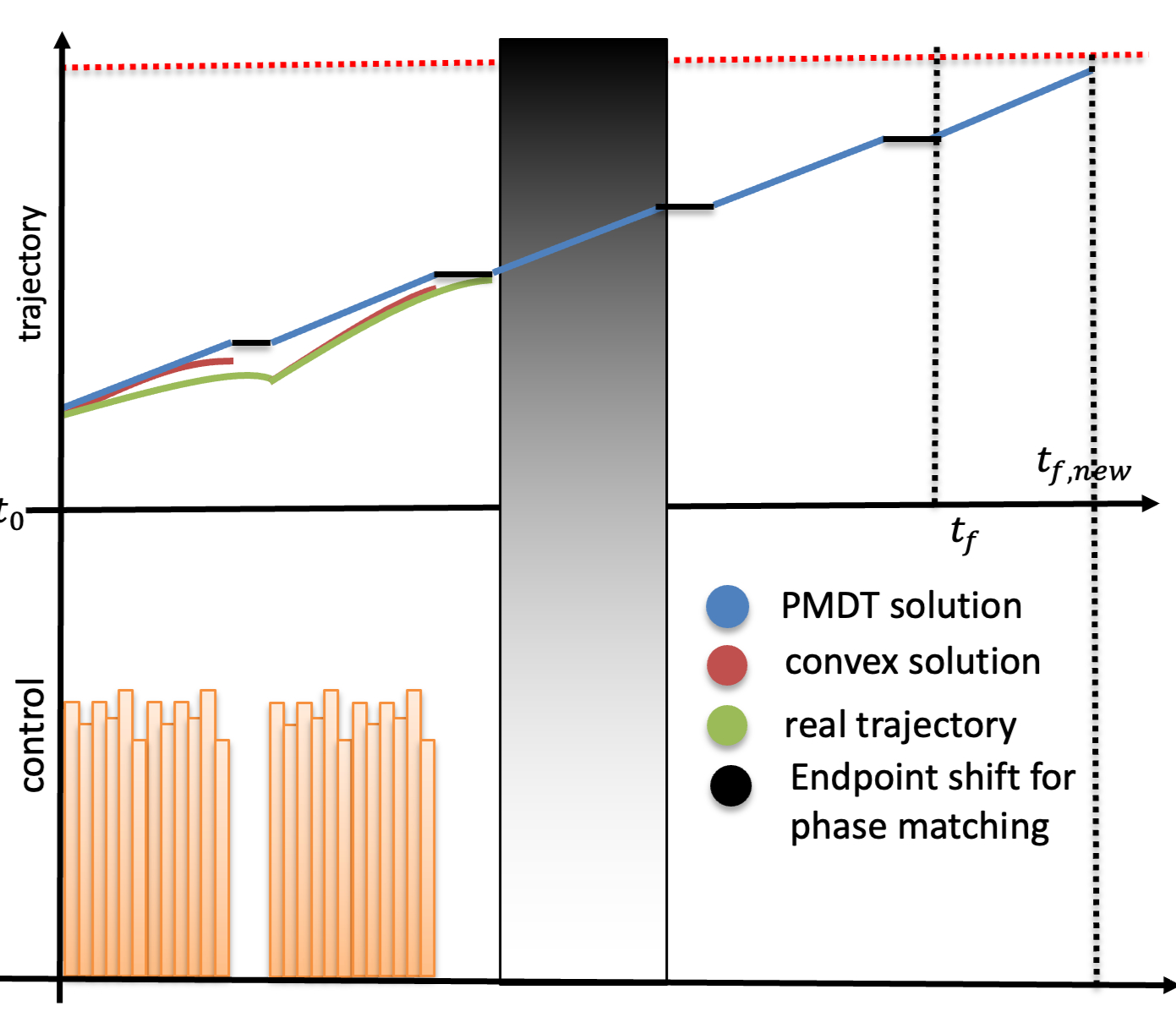
We developed a convex-based MPC for low thrust transfer trajectory guidance

We developed a robust guidance scheme for far-range rendezvous using reinforcement learning with safety and observability considerations and are looking into other RL applications in space.
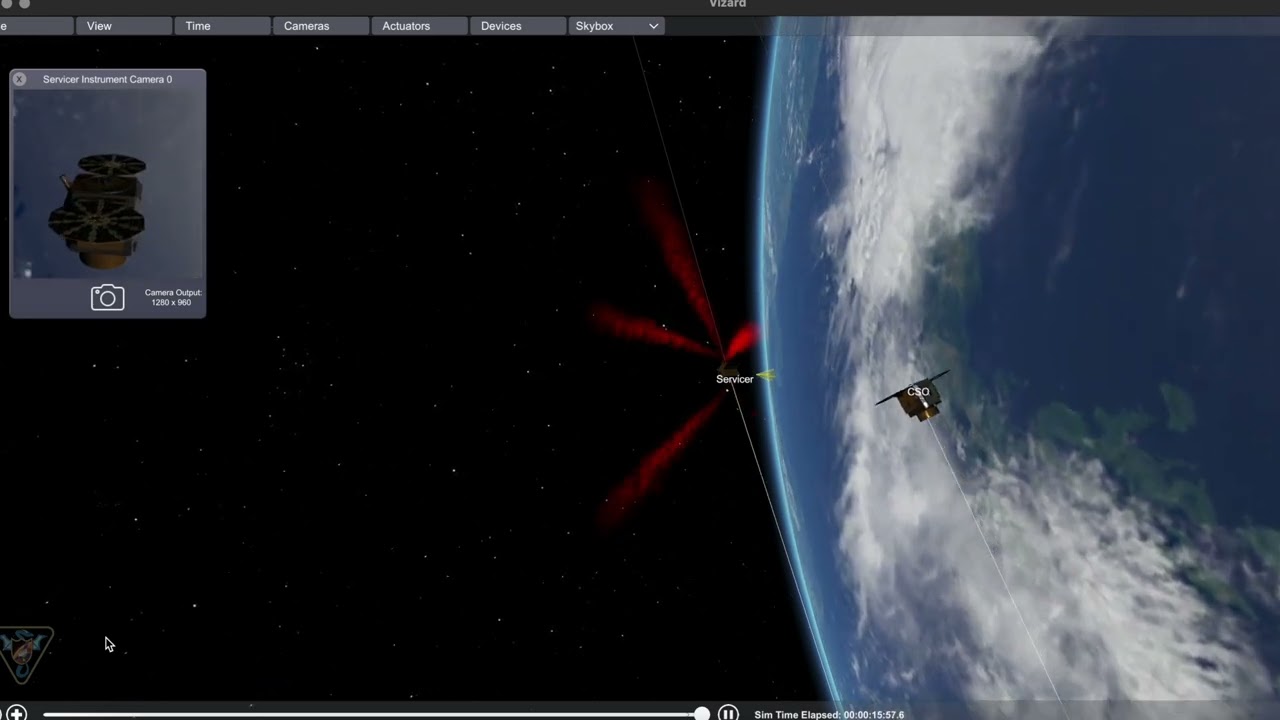
We developed the GRASP framework to handle end-to-end transfer and guidance of spacecraft servicing missions.
Selected journal and conference papers.
I am currently looking for two PhD students to start in 2026 for the first two topics listed. Please contact me if interested